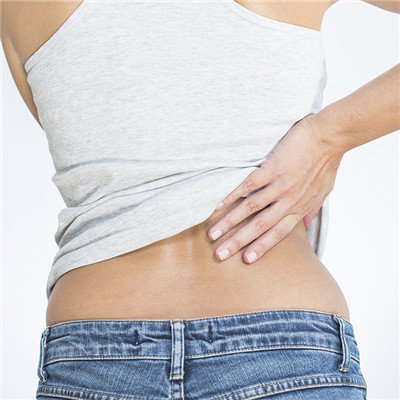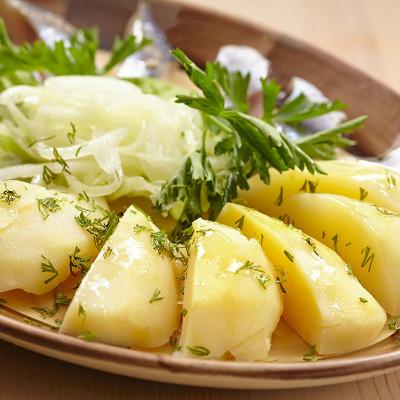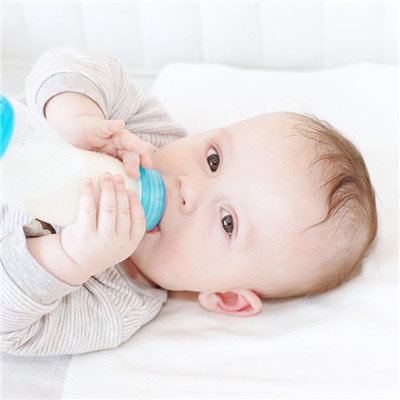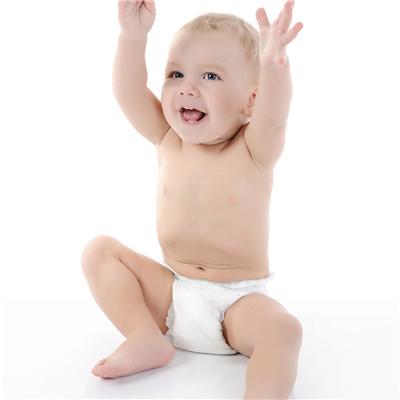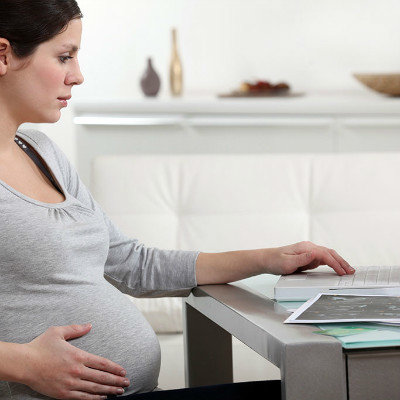Symptoms of thromboangiitis
summary
Thromboangiitis is mainly characterized by red and purple, numbness and cold pain in the fingers or toes of the patients, ulceration and necrosis in the later stage, and in severe cases, hand and foot deformity. Mainly due to the lack of vitality, Qi and blood can not reach the end of blood vessels, so that the fingers or toes can not get nutrition and gradually necrosis. Western medicine believes that the power of blood circulation depends on the pressure produced by heart beating. In fact, it is not entirely so. When a person's heart dies and suddenly stops beating, the human body still has a certain amount of portal blood pressure, which is the power of the undamaged vitality. Symptoms of thromboangiitis? Let's talk about it
Symptoms of thromboangiitis
Intermittent claudication: cold affected limb, numbness or tight plantar sensation. When walking a certain distance, leg or plantar pain occurs, rest can relieve. With the development of the disease, the symptoms of intermittent claudication increased.
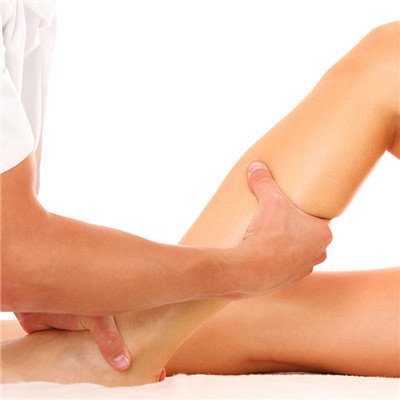
Migratory thrombophlebitis: the superficial vein of the affected limb is red, which can subside after a few weeks. After a period of time, it can appear in different or the same part, accompanied by pain and tenderness.
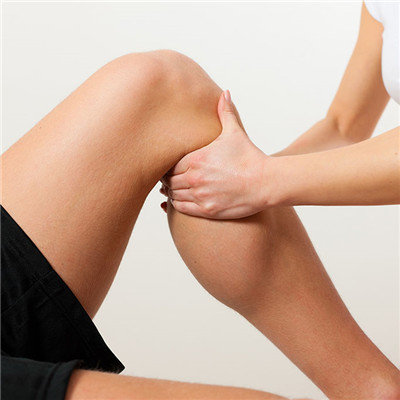
The pulsation of dorsalis pedis artery or posterior tibial artery decreased or disappeared. Acral ulcer or gangrene: early dry gangrene, often first in one or two toes or toenails next to the emergence of dry black, gradually involving the entire toe, often form a refractory ulcer after falling off. If secondary infection, dry gangrene can be turned into wet gangrene.
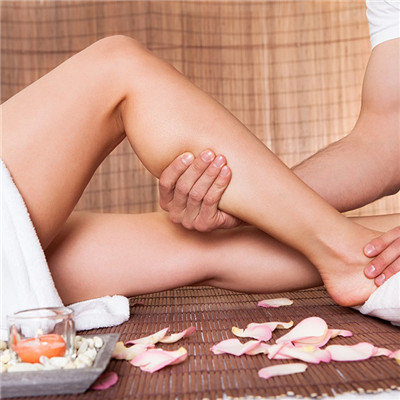
matters needing attention
1. Pain relief: pain is the most painful symptom of patients, when patients have ulcers, gangrene or concurrent infection, the pain is more severe, can be appropriate to give analgesics, but to prevent the addiction of analgesics. 2. No smoking: absolutely no smoking, eliminate the effect of nicotine on vasoconstriction, but drink a small amount of alcohol, promote vasodilation. 3. Protect the affected limbs: avoid cold, damp, trauma and other factors, keep the bedding clean, flat and dry, disinfect and replace regularly, keep the gangrene of the extremities dry, so as to avoid secondary bacterial infection. Use oil gauze to change dressing on ulcer surface, avoid using external medicine with strong irritation.



